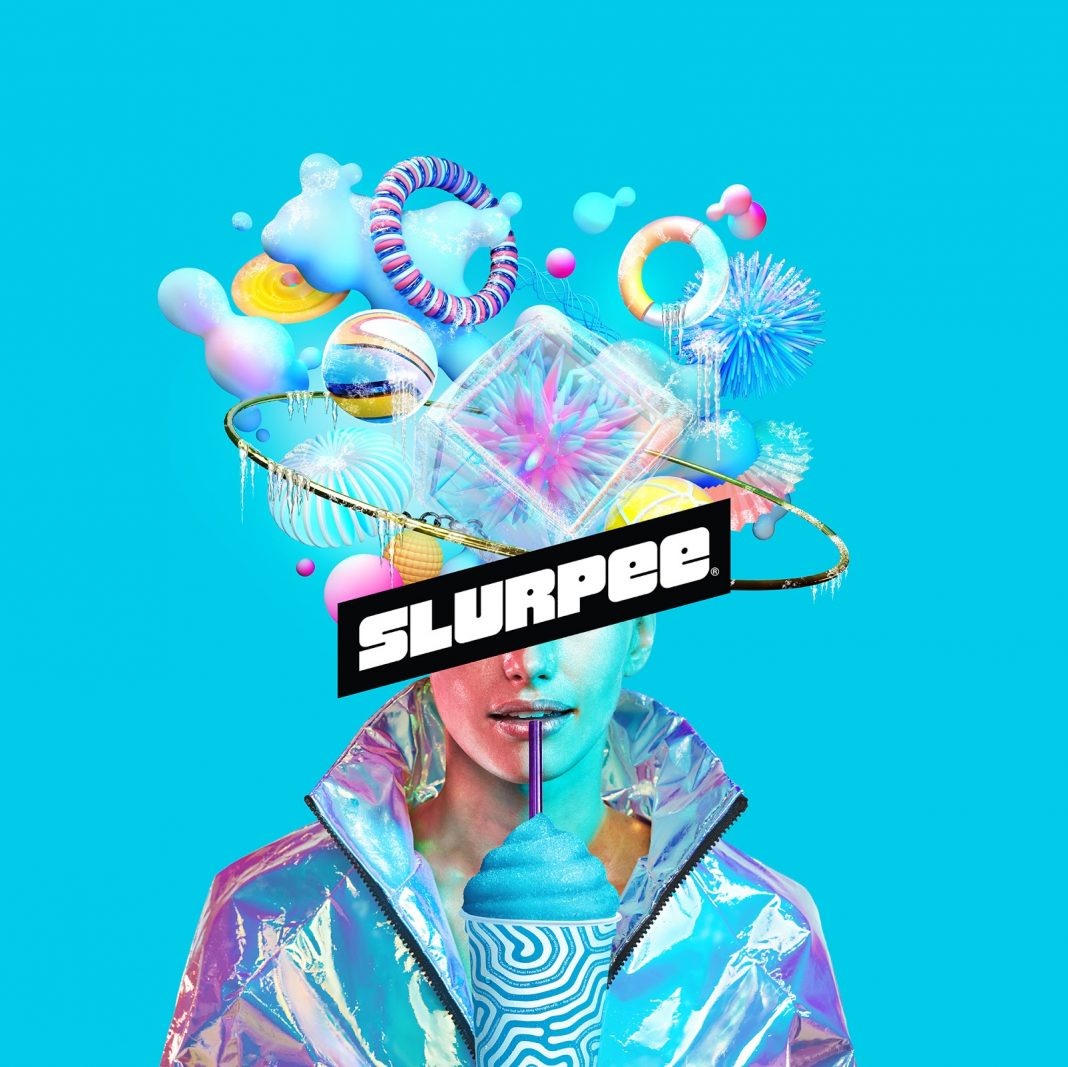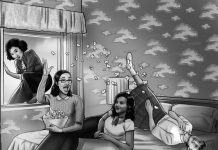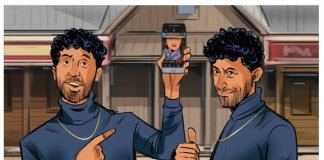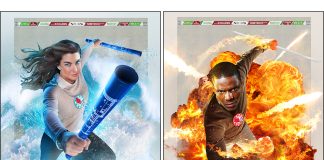Storyboarding, a vital component of visual storytelling, has its roots firmly planted in the film industry. From the early days of Walt Disney Studios to modern-day blockbusters, storyboards have been crucial for directors, cinematographers, and animators to visualize and plan their narratives. As technology has advanced, so has the art of storyboarding, transitioning from traditional paper-based methods to digital platforms offering unparalleled efficiency and collaboration.
Traditional Storyboarding Techniques
Before the advent of digital tools, storyboard artists relied on hand-drawn sketches and illustrations to bring their visions to life. Armed with pencils, pens, and paper, these artists would meticulously craft each frame, capturing the essence of the story and the desired camera angles, movements, and compositions. The tactile nature of traditional storyboarding allowed for a unique artistic freedom, with each artist’s style shining through in their work.
However, traditional storyboarding has its limitations. The process was often time-consuming, requiring countless hours of sketching and redrawing to refine the visuals. Additionally, making changes or edits to the storyboards was an uphill task, usually involving the creation of entirely new sketches.

The Digital Revolution in Storyboarding
The introduction of digital storyboarding software and tools marked a significant turning point in the industry. These digital platforms, such as Storyboard Pro, Toon Boom Storyboard, and FrameForge, offered artists a new level of speed, efficiency, and collaboration.
With digital storyboarding, artists could easily create and modify their work, using layers, templates, and libraries of pre-designed elements to streamline the process. The ability to make changes and iterations on the fly, without redrawing entire frames, significantly reduced the time and effort required to create storyboards.
Moreover, digital storyboarding facilitated seamless collaboration among team members. Artists could instantly share their work, receive feedback, and make real-time updates, regardless of physical location. This collaborative aspect has become increasingly important in today’s globalized film and television industry.
Blending Traditional and Digital Techniques
While digital storyboarding has undeniably revolutionized the industry, many artists still appreciate traditional hand-drawn storyboards’ unique charm and artistry. As a result, some artists have successfully blended traditional and digital techniques, creating a hybrid approach that combines the best of both worlds.
By starting with hand-drawn sketches and then scanning them into digital software for refinement and enhancement, artists can maintain the organic feel of their work while leveraging the power of digital tools. This approach allows for a distinctive style that sets their storyboards apart from those created in digital formats.

The Future of Storyboarding
As technology continues to advance, the future of storyboarding looks increasingly exciting. Emerging technologies such as virtual reality (VR), augmented reality (AR), and artificial intelligence (AI) are poised to reshape the way storyboards are created and experienced.
VR and AR allow storyboard artists to immerse themselves and their collaborators in the virtual world of their story, exploring camera angles and character interactions more intuitively and interactively. Conversely, AI may assist in generating rough storyboard sketches based on script analysis, providing artists with a foundation to build and refine.
As these technologies become more prevalent, storyboard artists must adapt and embrace new skills to stay competitive. However, these advancements also present exciting opportunities for artists to push the boundaries of visual storytelling and create more engaging and immersive storyboards than ever before.
Wrapping it All Up
The evolution of storyboarding from paper to digital has been a transformative journey, reshaping how artists approach visual storytelling. While traditional techniques laid the foundation for the art form, digital tools have unlocked new possibilities for speed, efficiency, and collaboration.
As the industry continues to evolve, storyboard artists must remain adaptable, embracing new technologies and techniques while maintaining the artistic integrity that has defined the craft for generations. By finding their unique style and voice, whether through traditional methods, digital tools, or a blend of both, storyboard artists can continue to play a vital role in bringing the world’s most compelling stories to life.














